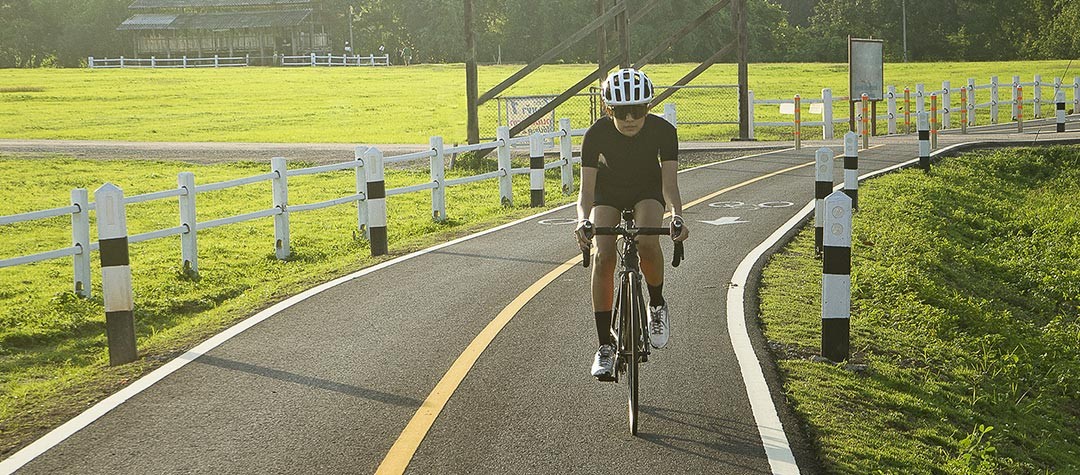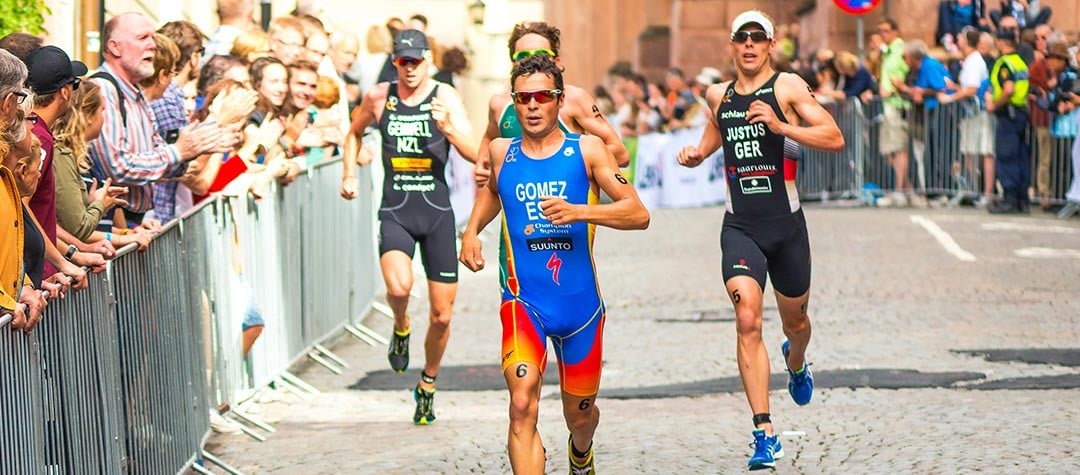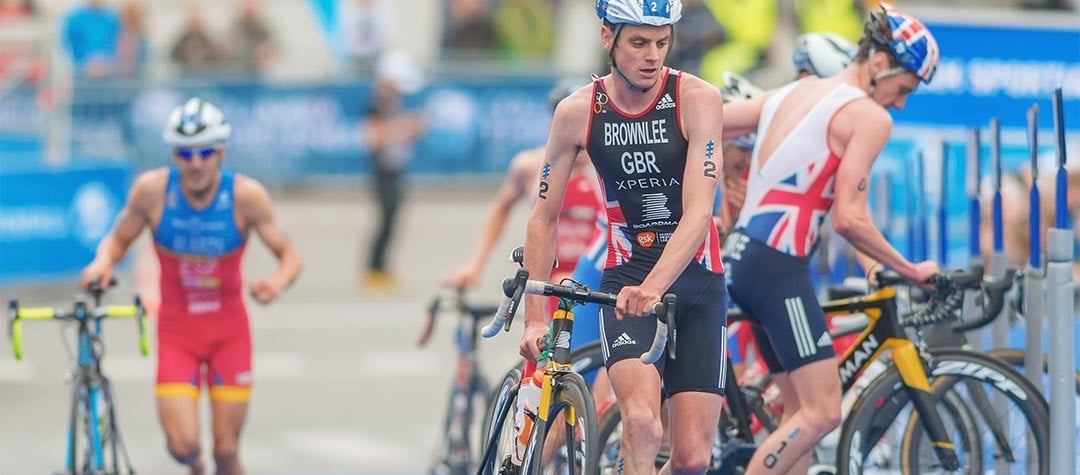Efficient pedalling technique for triathletes
There really is so much more to cycling then it seems, especially when you look at it from the eyes of somebody who doesn't know the sport well. It's a sport where if you're willing to put a lot in, you can get very strong, but you also have to combine that with doing all the little things well that all add up and contribute to your performance.
Pedal technique
Pedal technique is one of those things that is hugely important, and having good mechanics here will make you a much better and more efficient cyclist. First of all and maybe most important of all is the saddle position.
"You need the right saddle for you because if you're uncomfortable in any way it will affect your pedalling"
First you need the right saddle for you because if you're uncomfortable in any way it will affect your pedalling and if you're sitting awkwardly you will also develop imbalances and injuries. Check the saddle height and also the fore-after adjustment. You don't want to feel too stretched, and if you are sitting too high, then you won't be able to drive your heel effectively.
Cadence is also important and something you should constantly look at. A cadence sensor will come with most good bike computers and they are not normally expensive. For me you should ideally be cycling upwards of 90-95rpm. It takes away a lot of your strength and power in your legs when you push a big gear, but if you're spinning higher, then you have much more capacity to go faster because you're using more of your fitness rather than strength.
I recently did a bike test in Belgium with my team and produced a great test which I was very happy with. However the professor who helped analyse the data told me that in order to go faster now you need to ride at a higher cadence. Or you need to get bigger legs to push through the high gears which is obviously not so good for your running!
The four phases of pedalling
In terms of mechanics there are four zones to the pedal stroke. The power phase on the downward part is where you'll be the most powerful. The pedal should align with your knee allowing you to be in the strongest position.
"If you were looking at your posture from the front of the bike, your hip, knee and ankle should all be in line with no wobble"
If you were looking at your posture from the front of the bike, your hip, knee and ankle should all be in line with no wobble. Here you will use mostly your quads but you must also use your hamstrings as it extends your hips, allowing you to use the big muscle group. The key to do this is to drop your heel as you come over the top of the pedal stroke.
The second phase is a transition to the backstroke where you need to think of your body angles because you need to point your toe, in preparation for the 3rd phase. The movement is very similar to the feeling you'd have if you were scraping mud off the bottom of your shoe.
The 3rd phase isn't so much about pulling your foot up although this is maybe how it feels. The thing to remember here is that in this phase you'll lose power if you're not in a particularly strong position. Your other leg is doing most of the work here and it's more about getting your foot out of the way as quickly as possible and not adding any more resistance to the downward phase of your other leg. You can practice this with single legs drills on the turbo trainer or on a quiet road.
As you enter the final phase of the backstroke phase, think about initiating the downward phase early, pushing your knee forwards towards the handlebars and levelling off your foot. It will definitely help.














